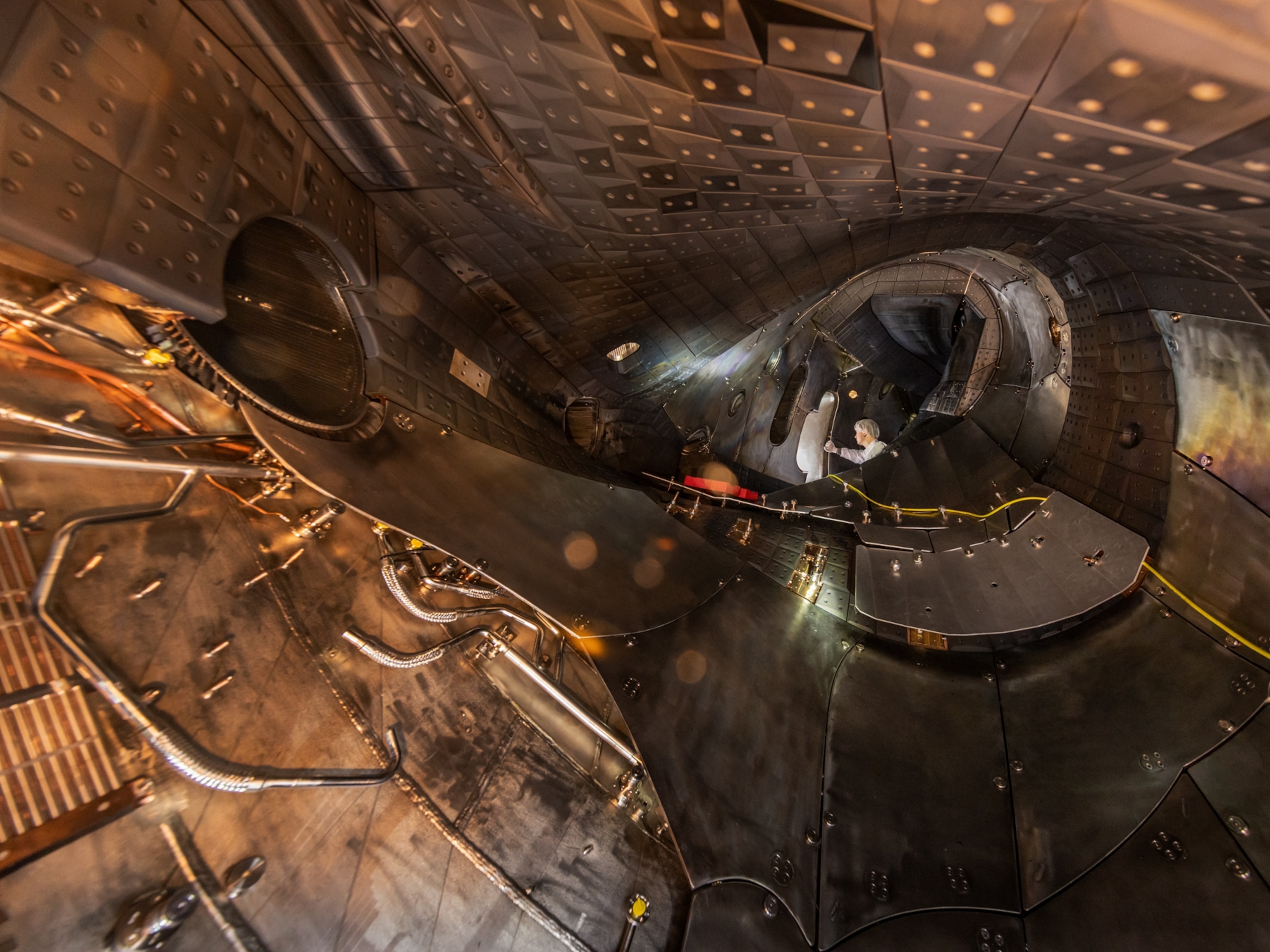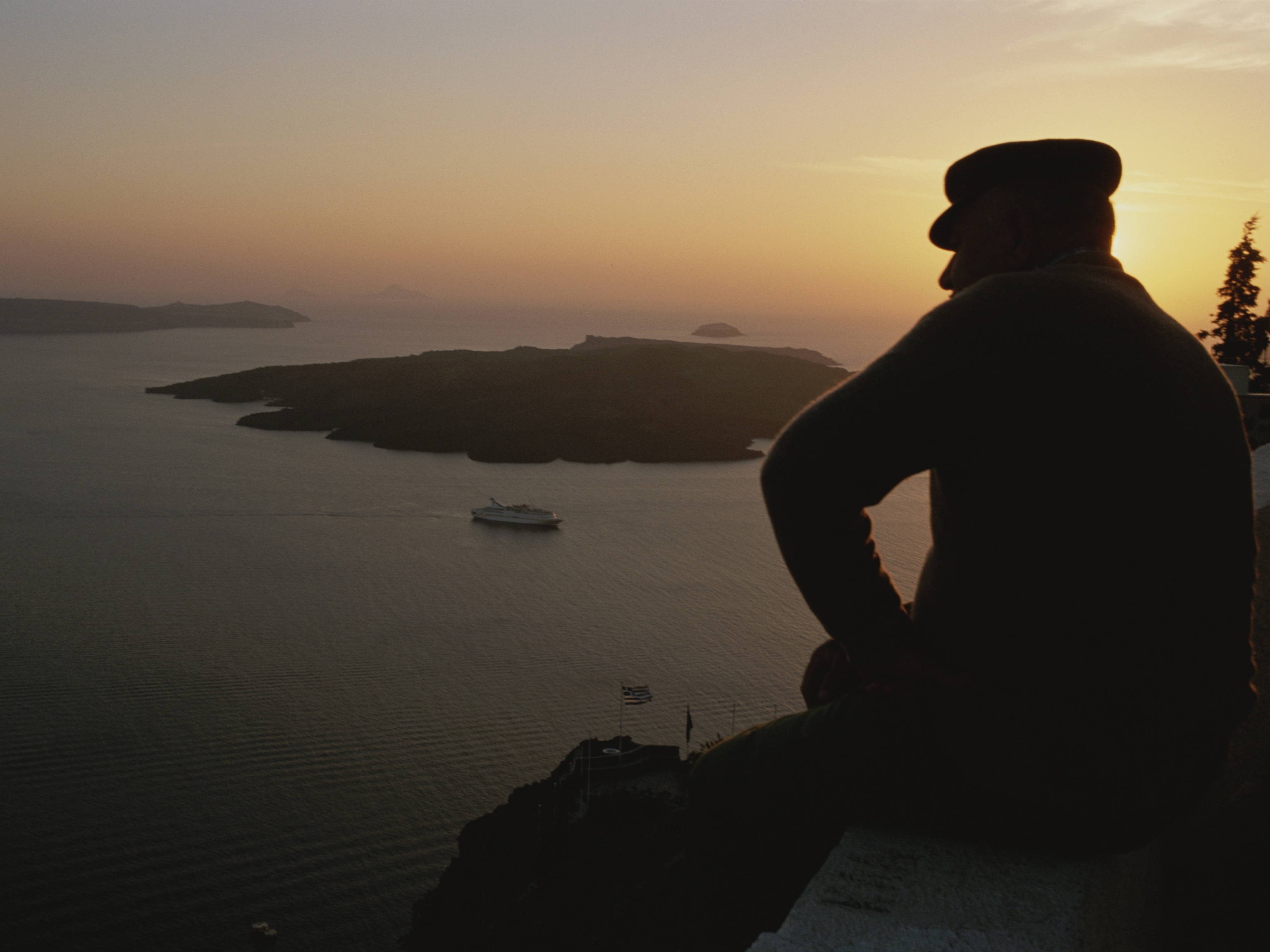Winter is coming to towns along the shores of the Great Lakes—literally, as walls of ice have risen from the lakes and piled up on shorelines.
These ominous “ice tsunamis”—some of which are big enough to overwhelm lampposts and retaining walls—aren't marketing stunts for the final season of Game of Thrones. Instead, they're piles of broken-up ice blown to shore by especially strong winds.
Since Sunday, gusts of 60 miles an hour or more have been hammering the region around the Great Lakes, knocking out power and delaying air travel. Pictures shared on social media and by local emergency services also show sprawling floes of ice cluttering up beaches, roads, and even some lakeside residences.
"We've had storms in the past but nothing like this," Hoover Beach, New York, resident Dave Schultz told the WGRZ news service. "We've never had the ice pushed up against the walls and right up onto our patios.”
Historically speaking, though, these ice tsunamis aren't without precedent. The scientific study of these events traces back to 1822, when an anonymous U.S. naturalist reported seeing “rocks, on level ground, taking up a gradual line of march [along a lakebed] and overcoming every obstacle in ... escaping the dominion of Neptune.” From 1825 onward, scientists across Earth's northern latitudes have found that the movement of lake ice can push these wandering boulders along.
Formally called ice shoves, ice pushes, or ivu, the striking phenomena are most likely to occur in the early spring, when ice just starts to weaken and break up. In addition, they tend to happen when strong winds blow directly onto gently sloped beaches. The gentler the slope, the farther inland incoming water can push the ice.
These piles of ice can get immense. In 2001, ice shoves on the coast of Alaska's Chukchi Sea reached up to 16 feet tall.
Beyond wind, lake ice also can move shoreward when sudden temperature swings force the ice to expand and contract. The two factors combined can cause lake ice to nudge boulders across lake bottoms and even onto shorelines, forming ridges of rocks and boulders called ice-push ramparts.
Boulders within these ramparts average one-and-a-half to three feet wide—and some can get up to five feet across. These lakeside structures resemble moraines, the rock-strewn debris pushed out by glaciers flowing downhill. The strands of boulders can help scientists track lakes' past water levels and ice activity.






